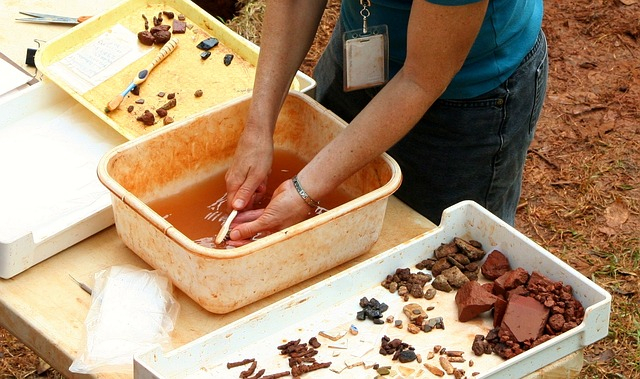
It is a known fact that there are many hidden and mysterious cities, sculptures and artefacts under the oceans. But recently, a 3,400 years old palace was found in the Kurdistan region of Iraq after water levels dropped because of drought.
This discovery was made in the Mosul Dam reservoir on the banks of the Tigris River. It actually inspired a spontaneous archaeological dig that will improve understanding of the Mittani Empire.
The kingdom of Mittani is one of the least researched empires of the Ancient Near East, said Kurdish-German team of researchers. In ancient days, Mittani was known to the people of the land, and the Assyrians, as Hanigalbat and to the Egyptians as Naharin and Metani.
Hasan Ahmed Qasim, the archaeologists, who took part in the research process said, "The find is one of the most important archaeological discoveries in the region in recent decades."
The researchers claimed that the newly discovered palace have originally stood just 65 feet from the Tigris river and later a terrace wall of mud bricks was added to stabilize the ancient structure.
An archaeologist from the University of Tübingen's Institute for Ancient Near Eastern Studies, Ivana Puljiz has given a description of the palace, which is called Kemune. As per the expert, the building is carefully designed a building with mud-brick walls up to 6.6 feet thick and some of its walls are more than two meters high as well as various rooms with plastered walls.
When the researchers conducted a complete research on the palace, they found wall paintings in shades of red and blue. As per the team, these coloured paintings were probably a common feature of such palaces at that time but have rarely been found preserved.
Puljiz said that the discovery of these painting in Kemune can be mentioned as an archaeological sensation. She also told CNN that this archaeological site is the only second place in the region where "wall paintings of the Mittani period have been discovered."
It should be noted that the team also discovered 10 clay tablets covered in cuneiform, which is a system of writing first developed by the ancient Sumerians of Mesopotamia c. 3500-3000 BCE. These discovered ancient items were sent to Germany for translation.
As per Puljiz, after discovering the ancient texts the researchers hoped that they can "gain information on the inner structure of the Mittani Empire, its economic organisation, and the relationship of the Mittani capital with the administrative centres in the neighbouring regions."
It was in 2010 when the archaeologists first came to know about this historic site. At that time the water levels in the reservoir were low, but they could not excavate the site until now. However, it should be noted that the site was submerged shortly after the dig and Puljiz added that it is not possible to predict when it will emerge again.
Qasim also collaborated with experts from the University of Tübingen to uncover a Bronze Age city in northern Iraq in 2016. The ancient city was under the small village of Bassetki in the autonomous region of Kurdistan.
It should be known that once stretched from today's northern Iraq, down through Syria and into Turkey, it was known as the Kingdom of Mittani. In the year 1350 BCE, this kingdom was so powerful that it could include the 'Great Powers Club' along with Egypt, the Kingdom of the Hatti, Babylonia and Assyria.









